#Trailblazer
Drive Notes: 2024 Chevrolet Trailblazer AWD RS
Today we have another bit of basic transport from Chevy, though this one is a step up in terms of price and size from the Trax I recently reviewed.
I dug the Trax's combination of utility, sport, and affordable price. Would I feel the same about the 2024 Chevrolet Trailblazer AWD RS?
Junkyard Find: 2005 Saab 9-7X Linear
The General had a healthy sales hit with the GMT360 platform in the 2002 model year, when the new Chevrolet Trailblazer, GMC Envoy, and Oldsmobile Bravada hit the showrooms. Since GM had devoured Saab in 2000 and most American car shoppers wanted trucks or truck-shaped machines by that point, it seemed to make sense to produce a Saab-badged GMT360 and extract some cash from that slice of the car-buying populace that craved both the rugged-lifestyle signifiers of a truck and the quirky-yet-sensible Swedish image of a Saab. The Isuzu-badged version— the Ascender— had had its debut for 2004, and so the Saab 9-7X appeared for 2005 (sadly, no Daewoo- or Vauxhall-badged versions were produced). Here’s a first-model-year 9-7X, found in a Denver self-service yard last week.
2021 Chevrolet Trailblazer AWD LT Review - Pleasant Surprise
The reemergence of the Trailblazer name in the Chevrolet lineup seemed like a cynical nostalgia ploy at first.
Trailblazer a cute ‘ute? That’s almost as bad as using Blazer nameplate on a five-seat crossover with little, if anything, in the way of off-road chops.
GM's Newest Tweener Limps Out of the Gate
Your author can’t explain why his neighbor purchased a new Chevrolet Blazer Premier, but he can understand why General Motors felt the need to insert a new crossover between the Equinox and Traverse. CUV white space = $$$, I think the famous equation goes.
With this in mind, the existence of the new Chevrolet Trailblazer, slotted between the Trax and Equinox, is equally understandable. Boasting a brace of three-bangers and more space and MPGs than a Trax, the decidedly non-BOF Trailblazer serves as a larger stepping stone to the Chevy brand.
Timing, however, was not the Trailblazer’s strong suit.
Now You Know the Rest of the Chevrolet Trailblazer Fuel Economy Story
We can’t tell you how the Chevrolet Trailblazer, reborn as a vastly different vehicle for 2021, drives (thanks to a first drive program scuttled at the 11th hour by coronavirus), but at least we can tell you what to expect at the pump.
As the model starts quietly trickling onto dealer lots at a time when most Americans are scared to leave the house, the Environmental Protection Agency has gotten around to testing the model’s full range. Two three-cylinder engines and two transmissions are on tap. Let’s take a look.
Ace of Base: 2021 Chevrolet Trailblazer L
Let’s be clear: sometimes an Ace of Base post is written purely to help shoppers of a particular make and model determine if the entry level option is worth considering. We are quite certain there are plenty of readers who will deride today’s entry simply because they don’t like the vehicle or its name. That’s fine; not everyone is a big fan of the compact crossover segment.
But they do sell, otherwise manufacturers wouldn’t be building the things. We can argue until we’re blue in the face about how OEMs sometimes wag the dog in terms of market demand but, for now, let’s see if the new-for-’21 Chevrolet Trailblazer is worth considering at its cheapest price point.
Chevrolet Trailblazer Seeps Into EPA's MPG Listings
The unexpected and potentially under-cylindered 2021 Chevrolet Trailblazer is a vehicle you would have read about in these digital pages, had the pandemic not scrubbed a first drive event scheduled for late last week. For sure, yours truly was quite curious to see how well the model’s brace of boosted three-cylinders hauled around the tweener crossover’s modest bulk.
Alas, drive impressions are off the table as we deal with this virus thing. We’ve told you the specs already, given you a taste of what to expect from the not-quite-compact CUV and its Buick Encore GX sibling, and even revealed the EPA ratings of the latter model.
Now it’s time to hit the trail(blazer).
Buy/Drive/Burn: American Family-hauling SUVs in 2005
At the Los Angeles Auto Show this week, Chevrolet announced the rebirth of the Trailblazer (note the spelling) for the 2021 model year. However, unlike its predecessor, it’s now a compact, three-cylinder CUV. The comments got a bit heated, pitting the GMT 360 version against its contemporary competition.
So let’s settle this. It’s time for a Buy/Drive/Burn in 2005.
2021 Chevrolet Trailblazer: See, You Didn't Need That Cruze After All
Not to be left behind as rival automakers unveiled their latest and greatest in L.A., Chevrolet pulled the remaining wraps off its upcoming Trailblazer. Arriving this spring as a 2021 model, the Trailblazer — like its Buick Encore GX sibling — fills a questionably-sized gap between the compact and subcompact class. The brand’s other returning nameplate, the Blazer, plugged a hole between the compact and midsize class a year ago.
While we now know more about the Trailblazer, its starting price might be its most unique feature.
The Chevrolet Blazer - Er, Trailblazer - Is Back for 2021
Hot on the heels of its Chinese-market debut in Shanghai last month, General Motors has foisted a reborn Trailblazer on North America. Take our word for it — GMT360 afficionado Chris Tonn couldn’t be happier.
The original TrailBlazer (note the uppercase “B”) bowed out of the American market after 2009, though a Holden-badged version built on the Chevy Colorado platform appeared overseas in 2012. The unrelated Chinese model is what you see here, riding atop a new architecture that underpins the Buick Encore GX you saw earlier today.
That’s right, the 2021 Trailblazer is a small crossover that slots between the subcompact Trax and compact Equinox. GM decided upsetting Blazer purists wasn’t enough.
2020 Chevrolet Trailblazer and Tracker Prepare for Shanghai
General Motors plans on giving attendees of Auto Shanghai a crossover-themed enema later this month. Buick will introduce the second-generation Encore, as well as its larger GX variant, while Chevrolet focuses on the 2020 Trailblazer and Tracker.
While both models have vanished in the United States, replaced with the more tersely named Traverse and Trax, the Trailblazer and Tracker persist in Asia, Australia, and parts of South America. GM plans on debuting new editions of the pair in Shanghai on April 16th and has issued a teaser image (above) as a reminder — just like it did with the Encore.
Piston Slap: Deferred Maintenance and the Toyota Halo Effect
Earl writes:
Hi Sajeev,
I want to get my wife a used SUV. We tried a Volvo wagon, but it’s just too unreliable. My first choice is a 4Runner, but the prices here are insane, even for 10-15 year old ‘Runners. I’ve noticed I can buy a Cayenne or an X5 for similar prices to the aforementioned 4Runner, and that’s with fewer miles and years newer.
So, what gives?
Piston Slap: The Last Afghani Trail to Blaze
UNCLASSIFIED
I am currently at Bagram Airfield in Afghanistan where I will often find myself motoring around the Forward Operating Base (FOB) in one of the last generation Chevy Trailblazers. It is the straight six variety and it has undoubtedly led a difficult life. My requirements are few however…pretty much I need something that can do 25 miles an hour or so and not strand me on the other side of the airfield. As a bonus, the Trailblazer has a working AC and radio. What it doesn’t have is the ability to do 25 or so miles an hour regularly and get me back from the other side of the airfield.
Bring Back a BOF 5-seater or I'll Buy a Saab
I have a problem. I own a 2002 GMC Envoy. No, my ownership of a GMT360 SUV isn’t the problem although it is probably enough to get me committed to a mental institution. At 140,000 hard miles, my Envoy is getting old and there’s nothing out there to replace it. That’s a problem.



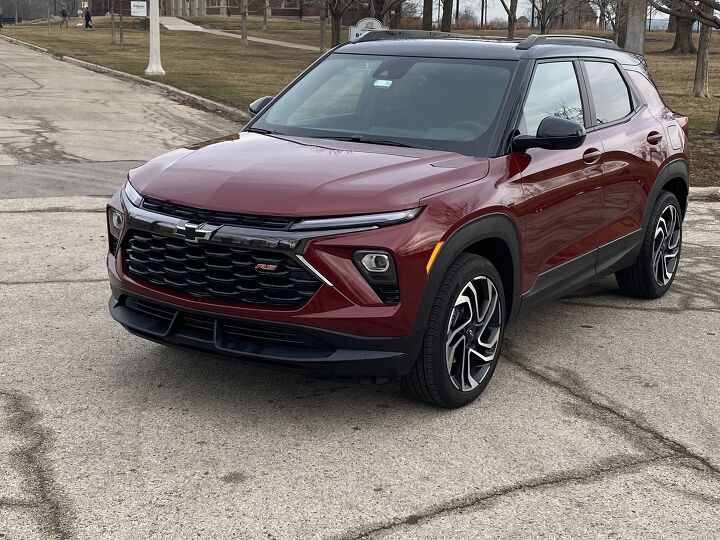

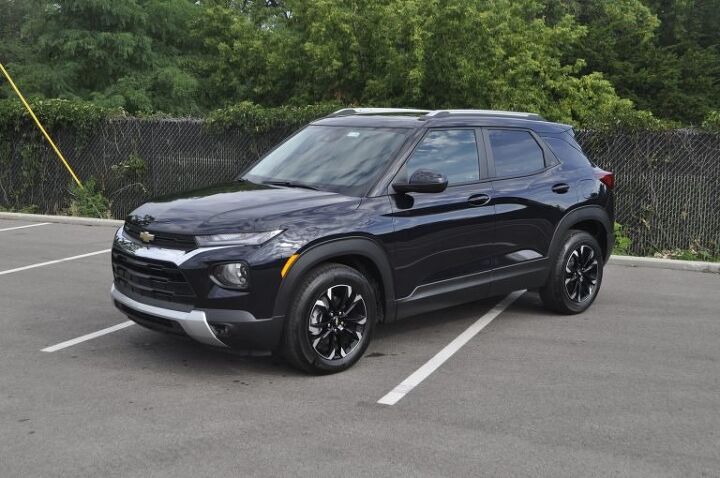
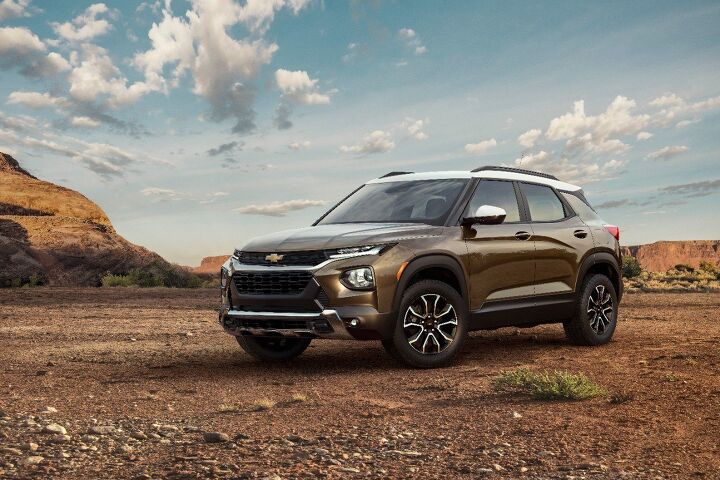
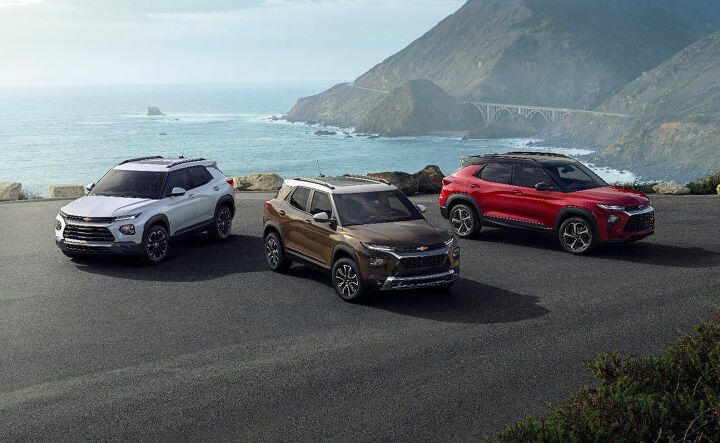








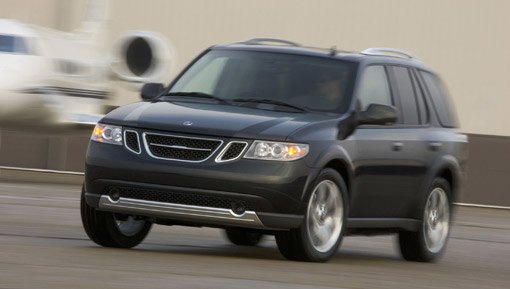












Recent Comments